

Learning to identify and regulate emotions is a big job, especially for little kids. These skills are essential for students to master in order to be successful in school and in life. The Zones of Regulation approach organizes feelings into four “zones” to make them easier to identify and work through. The trick is teaching students how to identify which zone they’re in and how to get back to “green.”
The Zones of Regulation is a curriculum used in classrooms and by occupational therapists. It’s an instructional approach that organizes feelings, levels of alertness, and energy into zones and color-codes them:
Check out this video that helps break it down:

Emotional regulation is one of those things that you know when you see it or when you feel it. When your emotions are regulated, you have control over your feelings. You can identify and apply strategies to modulate your emotions so that you’re controlling your emotions, not letting your emotions control you. For students, starting with emotional regulation is truly starting at the beginning of SEL skills. Before kids can listen, have empathy, or follow directions, they have to be able to manage their emotions.
First, students need to identify their feelings and which zone they are in. Use these activities to help students learn the language of emotional regulation and talk through situations that may make them feel angry, excited, or sad before they happen.

Being able to recognize emotions is important. Create a chart, like the one above, that shows the different zones with their colors and the feelings that go with each color. Students can point to or place a marker on the zone to show which zone they’re in. The more they practice, the better they’ll be at identifying their feelings.
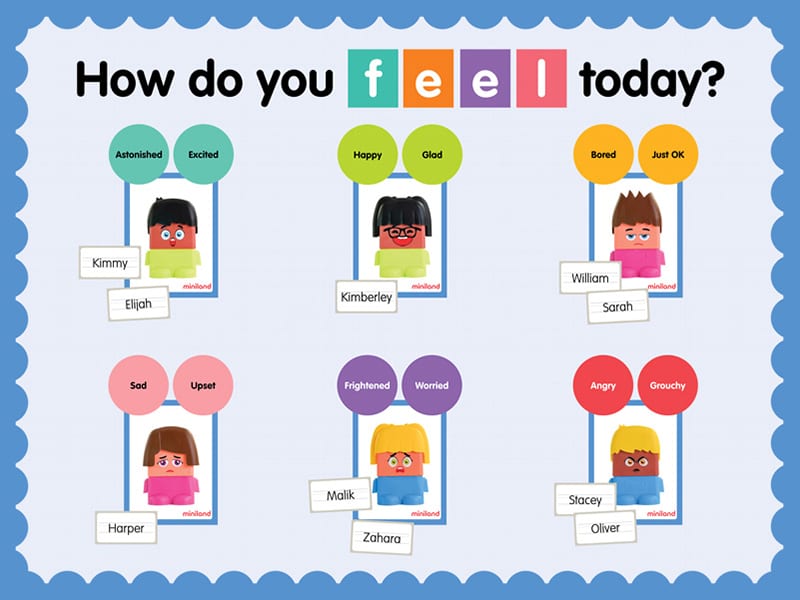
Print and laminate this bulletin board to create a display that students can update during morning meeting or whenever their feelings change.
ADVERTISEMENT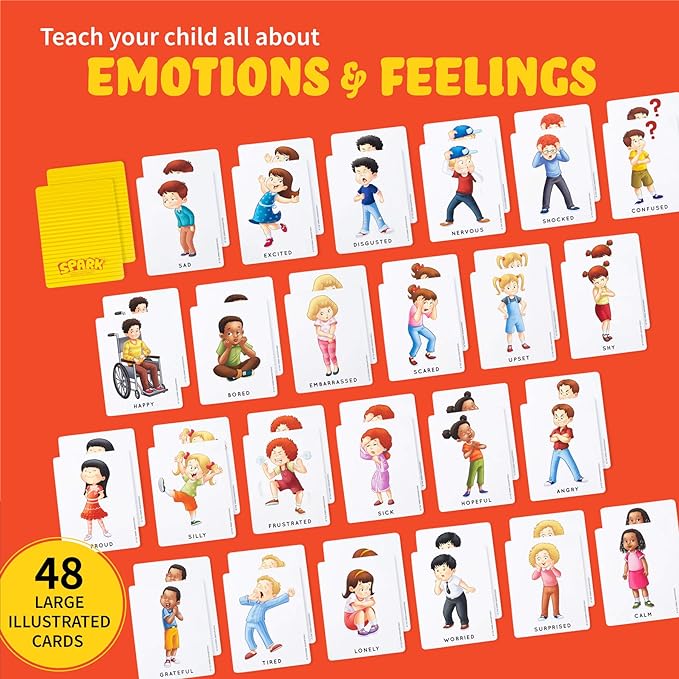
Identifying and labeling feelings in oneself and others is a life skill that takes lots and lots of practice. Play Memory to engage students in matching feelings. If you want to make your own, create a set of memory cards with feelings on them for students to match words with feeling faces, feelings with feelings, or feeling with zone.
A super-fun activity to help students identify feelings by using emojis and their power of observation. Create Zone of Regulation images using emojis of different feelings or pictures of students showing each feeling, then have them find these feelings around your room or the school.
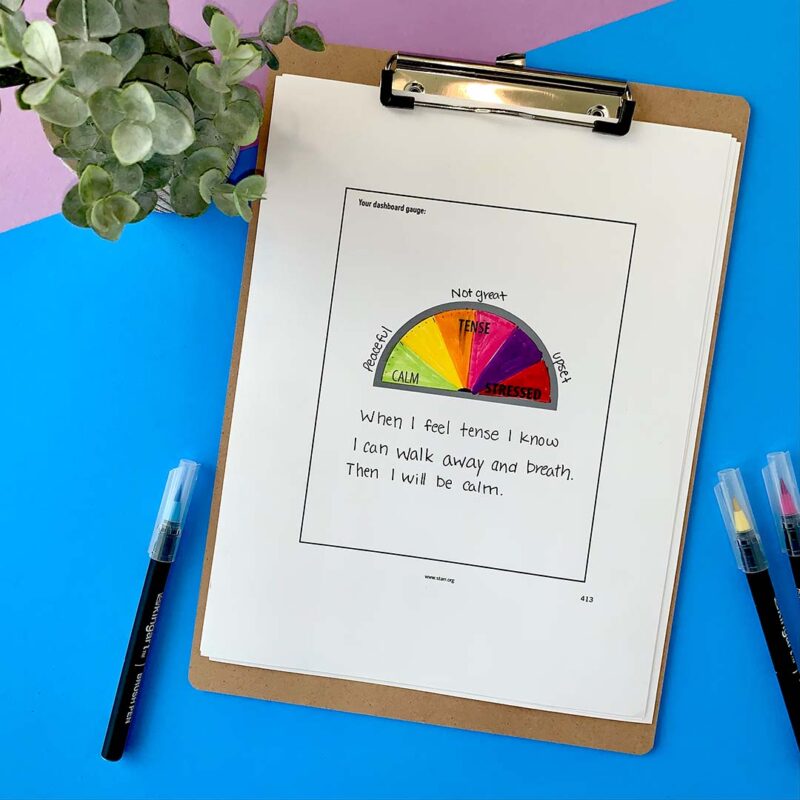
Have students fill out the dashboard gauge with a situation that makes them upset or a situation when they knew something was “wrong.” They complete the dashboard gauge with information to show how they felt, and an explanation of how they calmed down and how their emotions around that situation changed.
Linking Zones of Regulation activities to fun experiences helps kids make connections. Create an emotions sorting game with note cards with synonyms for the major feelings: happy, sad, excited, and angry. Students sort the words into the four zones. They’ll see how varied our feelings can be and how some feelings are similar, and build their vocabulary.
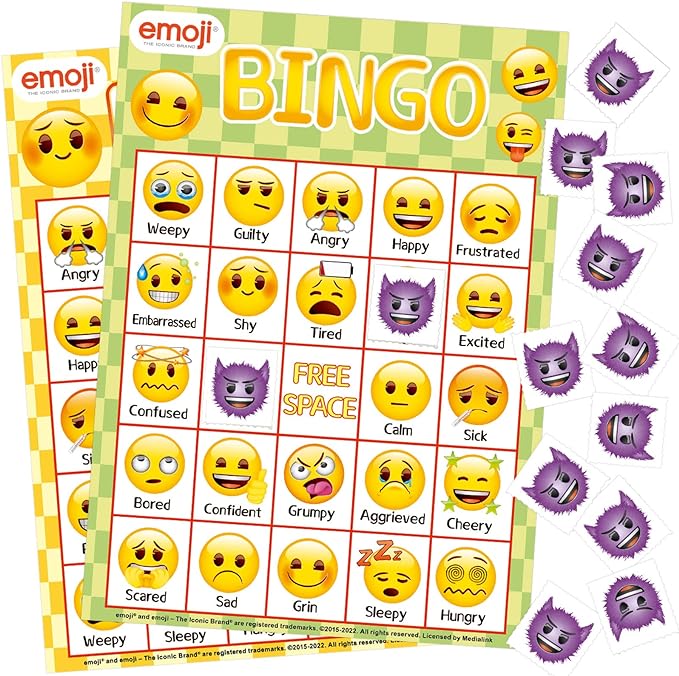
Use or create bingo boards that feature the feelings, emojis, or behaviors that show each feeling (e.g., jumping around the room when we are giddy or putting our head down when we are tired). Play bingo to reinforce the Zones of Regulation vocabulary and terms.
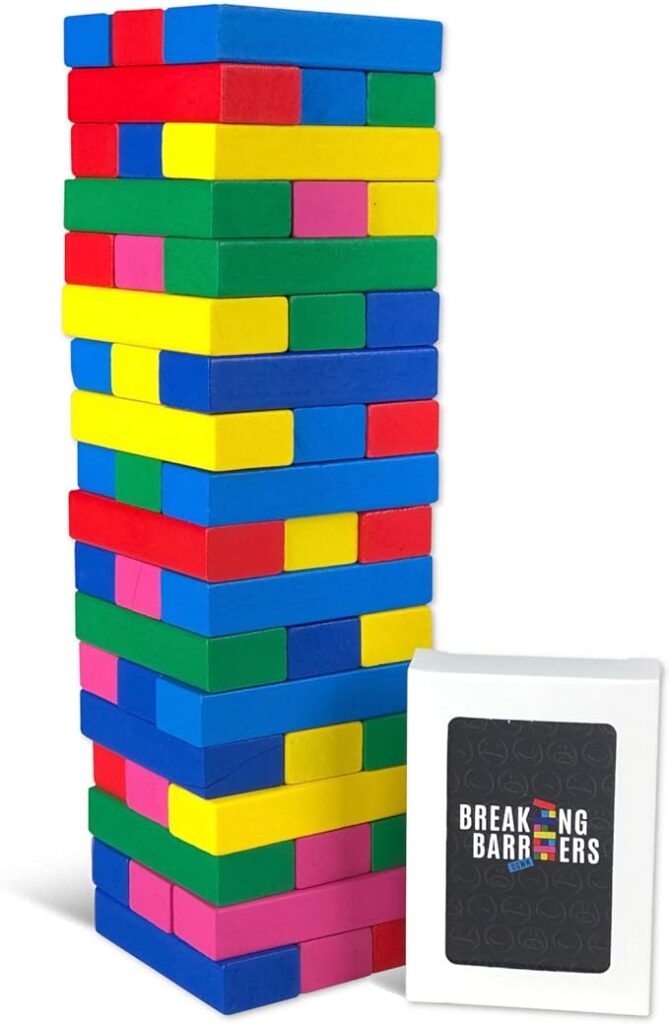 colored blocks and questions to discuss emotional regulation " width="669" height="1024" />
colored blocks and questions to discuss emotional regulation " width="669" height="1024" />
Play a game like this Jenga game that includes questions to talk about feelings and strategies with every move. It reinforces what students are learning.
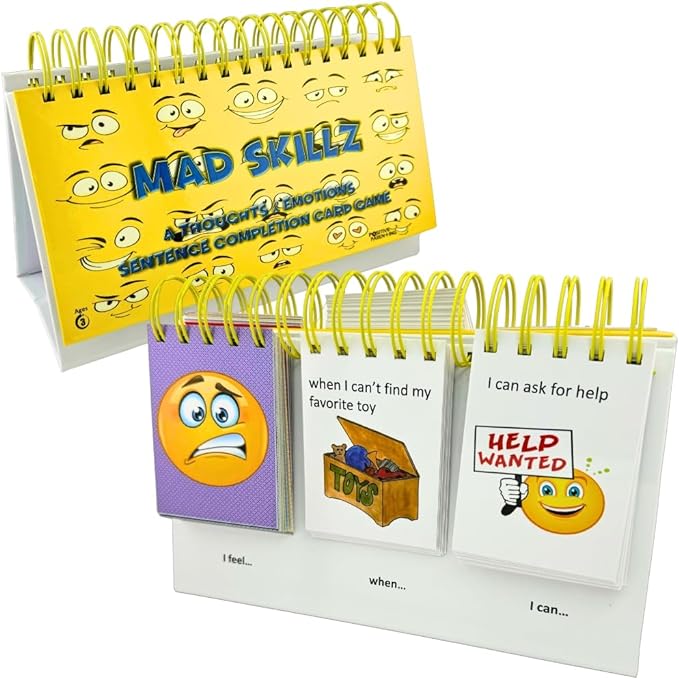
Connect feelings and strategies with a flip chart. Students can find the reason, the feeling, and the strategy and talk them through.
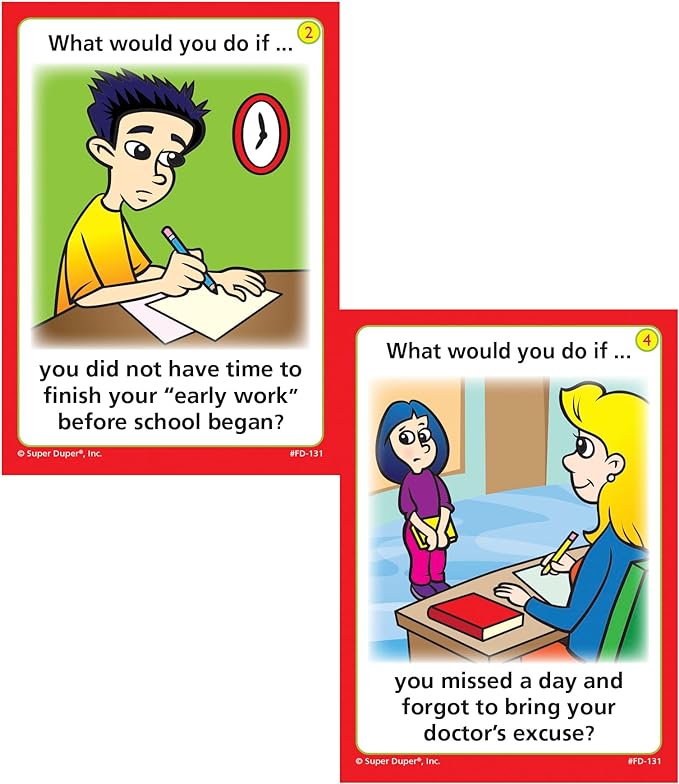
Role-play is a great activity for helping students rehearse acceptable behaviors. These task cards help students build emotional self-control by rehearsing responses to different scenarios that may trigger strong emotions. Best for grades 4–7.
What can students do to regulate their emotions when they veer away from the green zone? Create a toolbox of activities as you teach lessons on the Zones of Regulation. Keep the toolbox in your calm-down corner or somewhere else students can access it when they need the tools.
It’s helpful when students use the same language about feelings at home and at school. Share the Zones of Regulation and how you’re teaching it through parent nights and information you send home.

Keeping the information students need front and center will help them begin to recognize which “zone” they are in and help them learn to regulate their behavior.
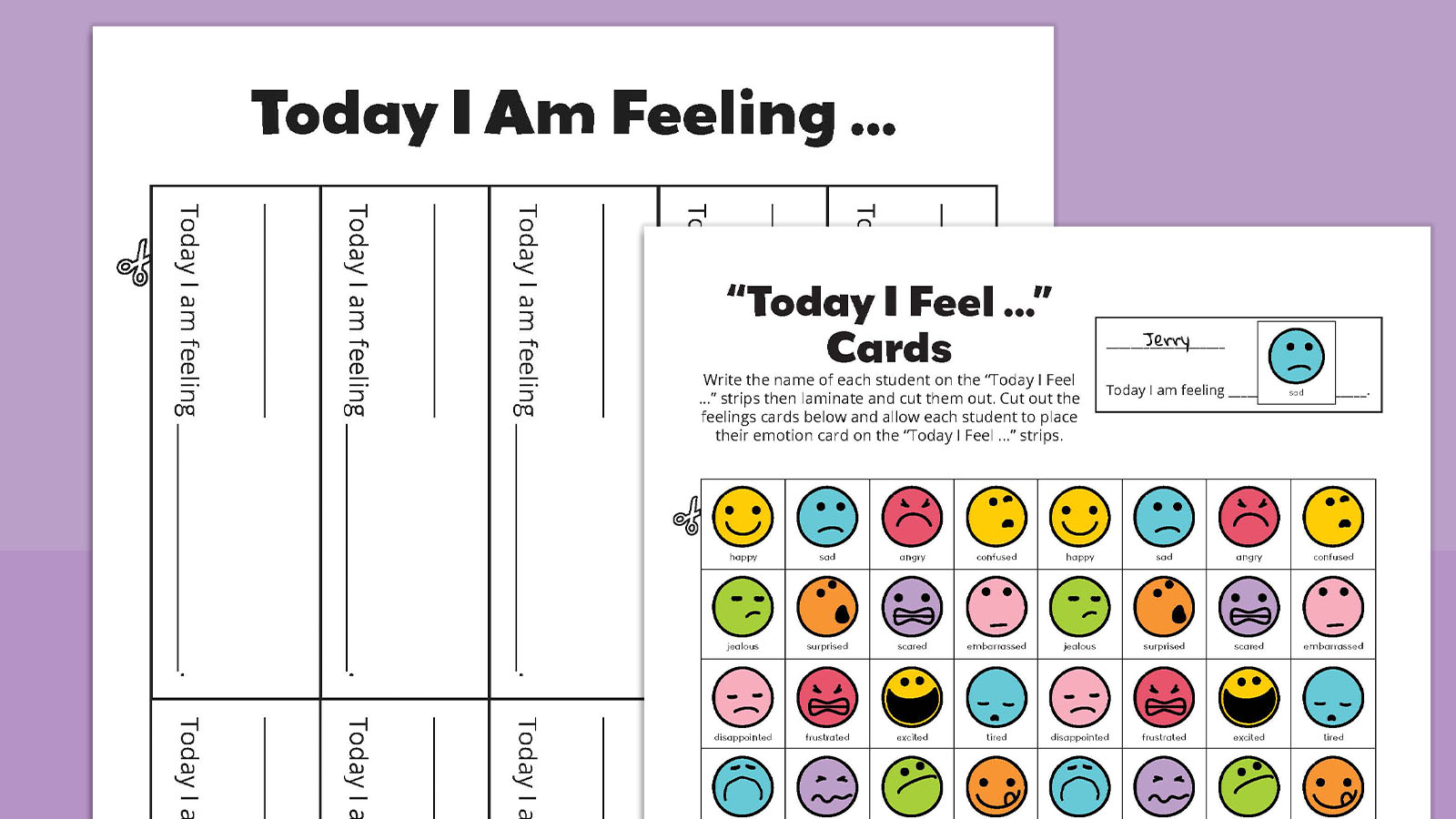
Implement a routine to help students name their feelings each day. Print out these “Today I Feel” cards and emotions. Students can share their feelings during morning meeting or privately in their journals. The important thing is that they have time to think about and identify their feelings as part of the daily routine.

Reinforce that feelings impact our body and can literally make us feel “hot” or “cool” with a thermometer reference.
Getting kids from red to green feels the most urgent. Use these activities to help kids move out of angry or panicked and into calm and content.
Heavy work is the phrase for any task that requires students to use large muscles. Think: having a student move a box of books from one side of the room to another, or challenging students to see who can hold a plank longest.
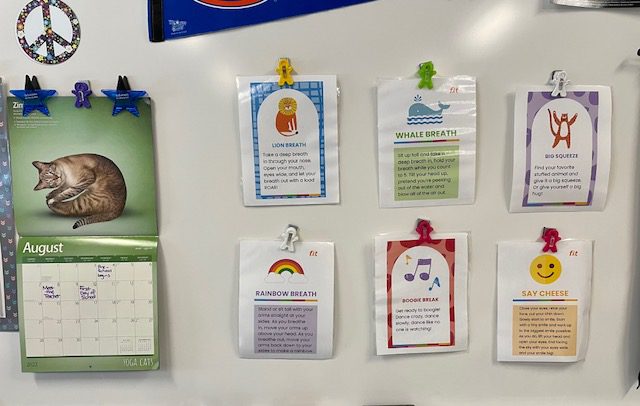
Teach students how to calm down from feeling giddy or high-energy by practicing animal breaths after an energizing activity. Then, they can breathe like a lion or whale when they’re calming down on their own.
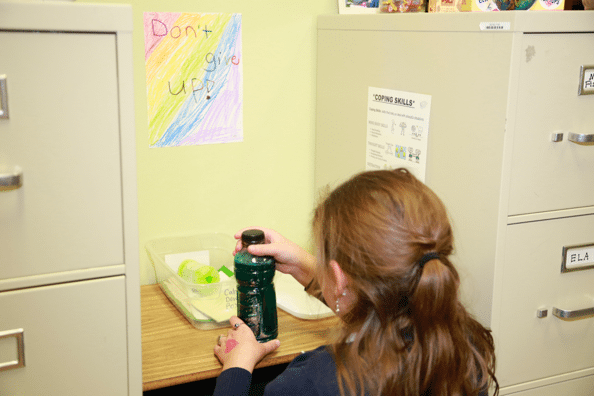
Provide students with a safe place to take a break when they need to regulate their emotions with a calm-down corner. Include resources for strategies that will help them manage their feelings and how to know when they’re back in green.
Students who are feeling worried, giddy, or excited can also require some help to calm and center themselves.
This is a really fun activity to talk about self-control with kids, and it’s harder than it seems! Label a special bottle of bubbles “Self-Control Bubbles.” Gather kids in a circle. For the first round, blow bubbles and allow students to pop, touch, chase, and catch the bubbles to their heart’s desire (within control). However, for the second round, tell the students that they are going to practice using self-control. Bubbles will be all around them, but the students must use their self-control strategies and not touch or chase the bubbles. Afterward, talk with kids about how it felt and how they managed to control their impulses.

Yoga poses that ground students and help them focus on their breath shift feelings from jittery to calm.
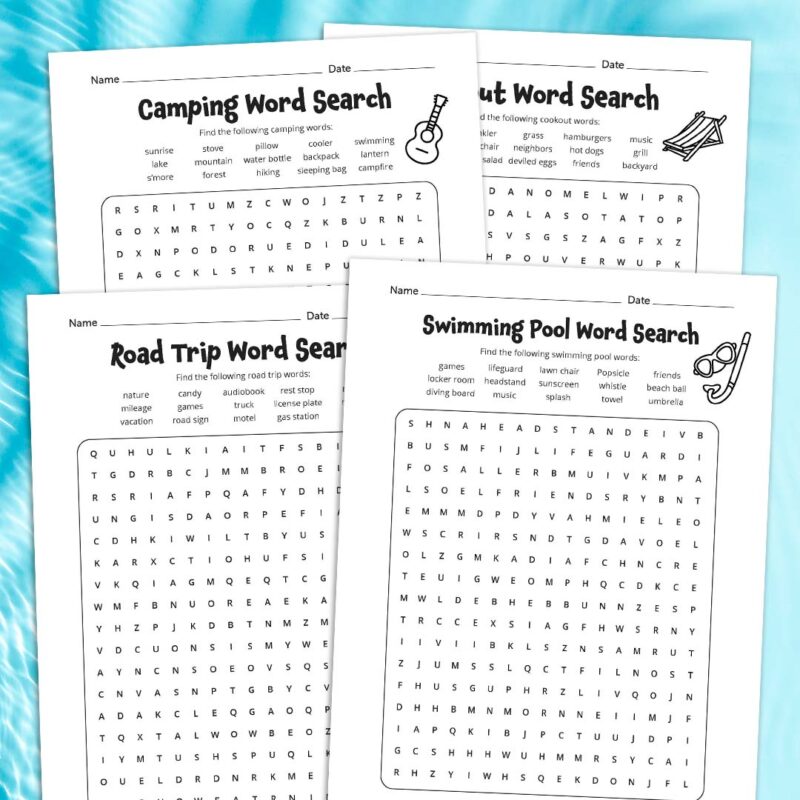
Puzzles, including jigsaw puzzles and word searches, are a way to engage the brain in thinking, which can lift kids out of the blue zone.
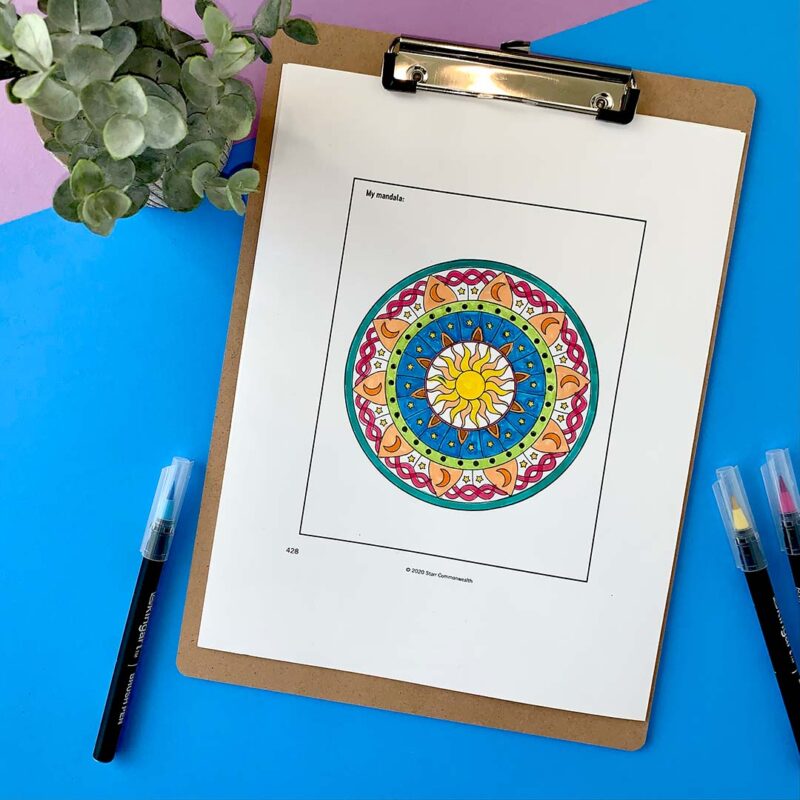
Mindful coloring is one of those activities that can be adapted for any grade level or interest, and it helps kids get from red to green consistently. Incorporate mindful coloring during transitions or downtime, and make it available in your calm-down corner.

Gratitude isn’t just for November. Thinking about what we’re thankful for is a strategy to help students when they’re in the blue zone and need a reminder of the positive things in their day.
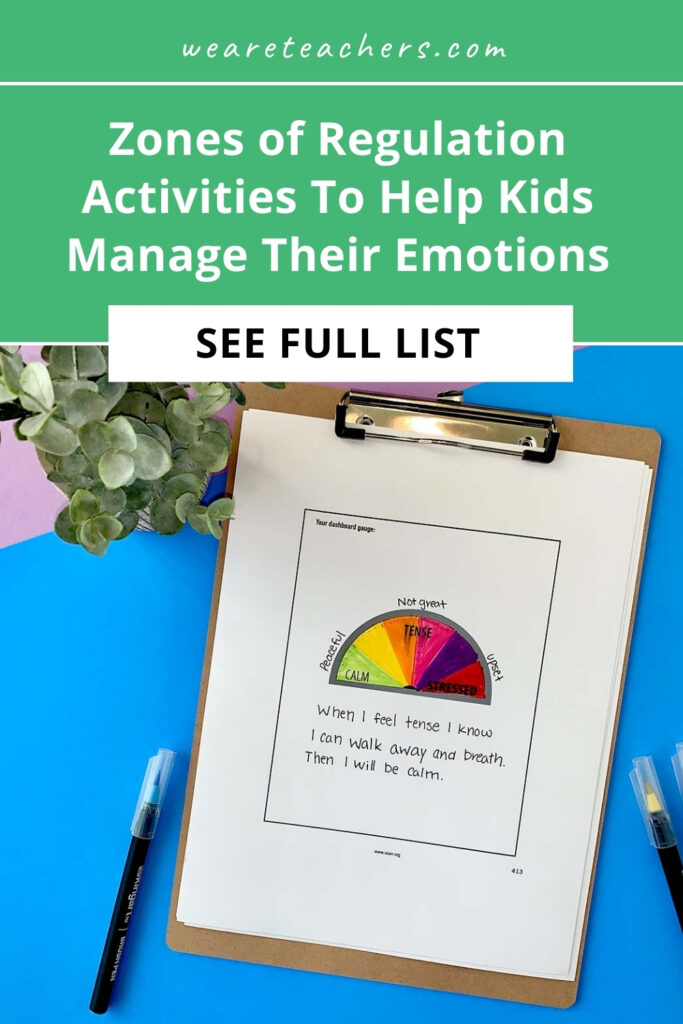
Share this article
Every product is independently selected by (obsessive) editors. Things you buy through our links may earn us a commission.